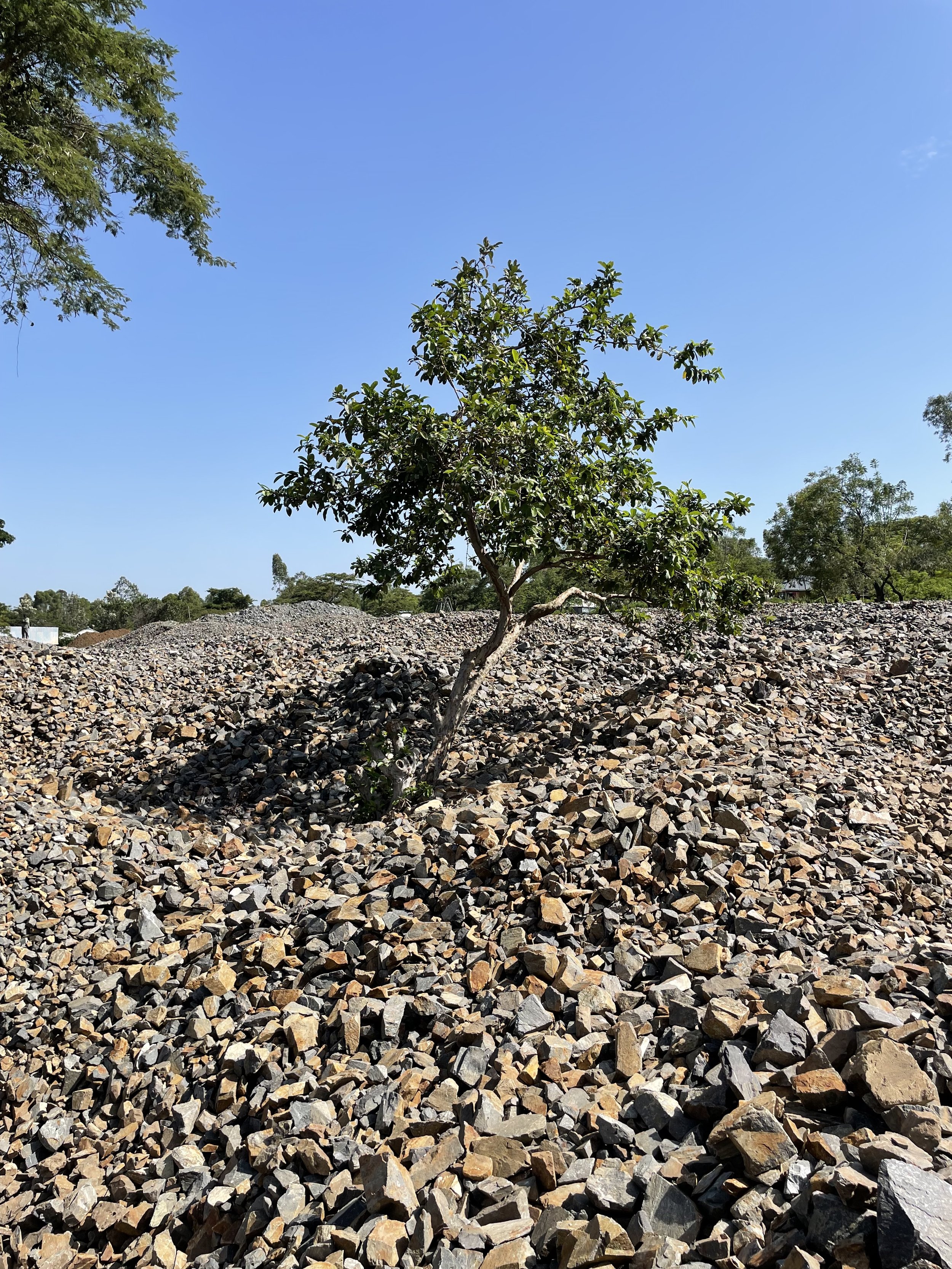
Projects

Collaboration with Agri-industries
By collaborating with large agricultural industries, such as sugarcane processing, we can sequester significant amounts of carbon, originally absorbed as CO2 from the air, cost-effectively. The carbon is then stored in monitored and verified areas. This approach allows our biochar value chain to scale quickly and reliably.

Miombo Biochar Project
Collaboration with FSC-certified Foreststry in the Safala province. Miombo Woodlands, the world's second-largest forest ecosystem. Rapid deforestation is common in the area, driven by deep poverty and a rapidly growing population. By establishing biochar production and valorizing biomass residues from FSC-certified forestry, the project contributes to supporting the development and expansion of a financially feasible more sustainable forestry, that reduces deforestation rates and allows the rehabilitation of ecosystems.

The biochar project secures additional SDG contributions through LevasFlor Foundation
Biodiversity projects
Ecological functions and values of the forest are maintained and restored by artificial regeneration in degraded areas, such as extraction routes and landings, where native species are planted. Locally sourced seeds are grown in the nursery to reach about 10.000 seedlings.
Social co-benefits
Apart from reducing deforestation, LevasFlor takes responsibility for the population in the region by providing health care, schooling, vocational training, and a significant agroforestry program designed to improve food security and halt destructive agriculture methods.

Contaminated land
Mining serves an important purpose and has for centuries built societies. Access to metals and minerals is a prerequisite for building a sustainable society. Mining is also an important source of income for many local communities. But the demand for minerals also comes with sustainability consequences. Mining involves both exploration, construction, and operation and can lead to a negative impact on the environment in several areas. A change in land use can generate deforestation, erosion, pollution of land and local watercourses and wetlands. Mining is growing fast globally and the need to rehabilitate disturbed areas will grow along with it.
Collaborations for increased knowledge
There are significant benefits to people and nature that can be achieved if successful strategies can be developed that combine biochar-based CDR with natural habitat restoration and rehabilitation of contaminated land. By working together, we will be able to gradually increase knowledge on how to scale adoption of biochar for the rehabilitation of degraded land in mining districts.
Research has examined the efficacy of biochar for contaminated soil remediation. One study that specifically used sugarcane bagasse biochar that was added to mine-contaminated agricultural soil indicated that application at 7% biochar to soil effectively increased plant biomass, and reduced bioaccumulation and dietary intake of harmful metals as well as associated health risks as compared to other treatments and the control (Khan et al., 2020, Environmental Pollution).













